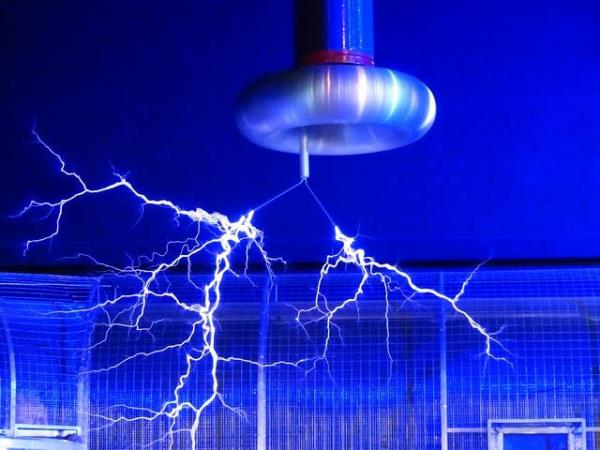ATD Blog
Safety Training Webinar Follow-Up: Operation Game
Tue May 27 2014

Safety is critical to organizational health. Safety directly affects employee morale, profitability and organizational effectiveness. On May 13, I facilitated a webinar for ATD on safety training. Its goal was to show you how safety training can be FUN! Having fun with safety training encourages retention of knowledge and makes it more likely that the lessons will be applied in the workplace.
One of the fun activities we presented was using the Operation Game to work through electrical safety. The purpose of this activity is to promote proper lockout/tagout.
There are potential electrical hazards present in many of our work areas and ensuring electrical safety can be the difference between someone going home safely and someone going home severely injured. This activity helps people understand the importance of electrical lockout while demonstrating what happens when we rush into tasks.
Here’s how it works.
Time: 20-40 Minutes
Materials:
Operation board game (enough for each team to have one)
Lockout Tags (enough for each team)
Copy of Lockout Procedure (enough for each team)
Directions:
Split the group into small teams (3-6 people).
Have each team review the company’s Lockout/Tagout Procedure.
After the teams have had enough time to review the procedure, have them answer the following questions (designate one team per question):
In your own words, what are the steps required to complete a proper Lockout/Tagout?
Why is Lockout/Tagout so important?
What are some tasks that might require a Lockout/Tagout?
Once the team fully understands the Lockout/Tagout Procedure, announce that they are next going to participate in an electrical training activity. Be sure to highlight that it is a competition, and that it will showcase their electrical skills.
Pass out the board game, Operation. Then explain the directions below:
Each team will have the game, Operation.
The team that gets all of the pieces out in the fastest time will be the winner.
Flipping the game upside down is not permitted; the team members have to use the tongs to get out the pieces.
Every team member must participate.
Anyone who gets “buzzed” when trying to get a piece out is then “dead” and can no longer participate. The next team member will resume the attempt to remove the same piece, and any remaining pieces.
Have the teams begin the competition immediately after the directions have been shared. This is important, as you want the group to rush into their work. Explain that time starts “now!” and the team who gets all the pieces out first wins.
While the teams are going through the competition count the number of buzzes you hear. When the first team finishes, the game stops.
Ask each team how many members of their team “died” during this activity? Usually at least a few from each team get buzzed.
Ask if any team decided to Lockout this game before starting their work. Operation has a switch they could have turned off to power down the device before starting their work. Most teams will NOT have done this, even though considerable time was just spent reviewing the importance of locking out.
If any of the teams did Lockout, congratulate them on a job well done! Discuss that all teams should have depowered the game before beginning their competition rather than working on it live. It is important to build the connection here. So often we rush into jobs; we want to work fast! We think it will be a quick task and we forget to Lockout and make sure things are safe before beginning.
This is a great opportunity to ask questions, share stories, or just dialogue about the seriousness of rushing into electrical-related work.
Resources
Meyvn Global: www.MeyvnGlobal.com
Teachers Pay Teachers: www.teacherspayteachers.com
YouTube: There are many training demonstrations on YouTube. Type in team building, communication training, business training, and so forth
Switch, Changing When Change is Hard by Dan and Chip Heath. This is a great book about how to establish change. It’s especially relevant to those who feel it would be too difficult to break out of the status quo of traditional, stagnant training.
Friends, family, peers, employees, strangers—you might be surprised how many people can help come up with training activities. Identify the topic and the message, and then go ask. We consistently call the people in our circles when we are brainstorming about training activities. You’ll see…it really works!
